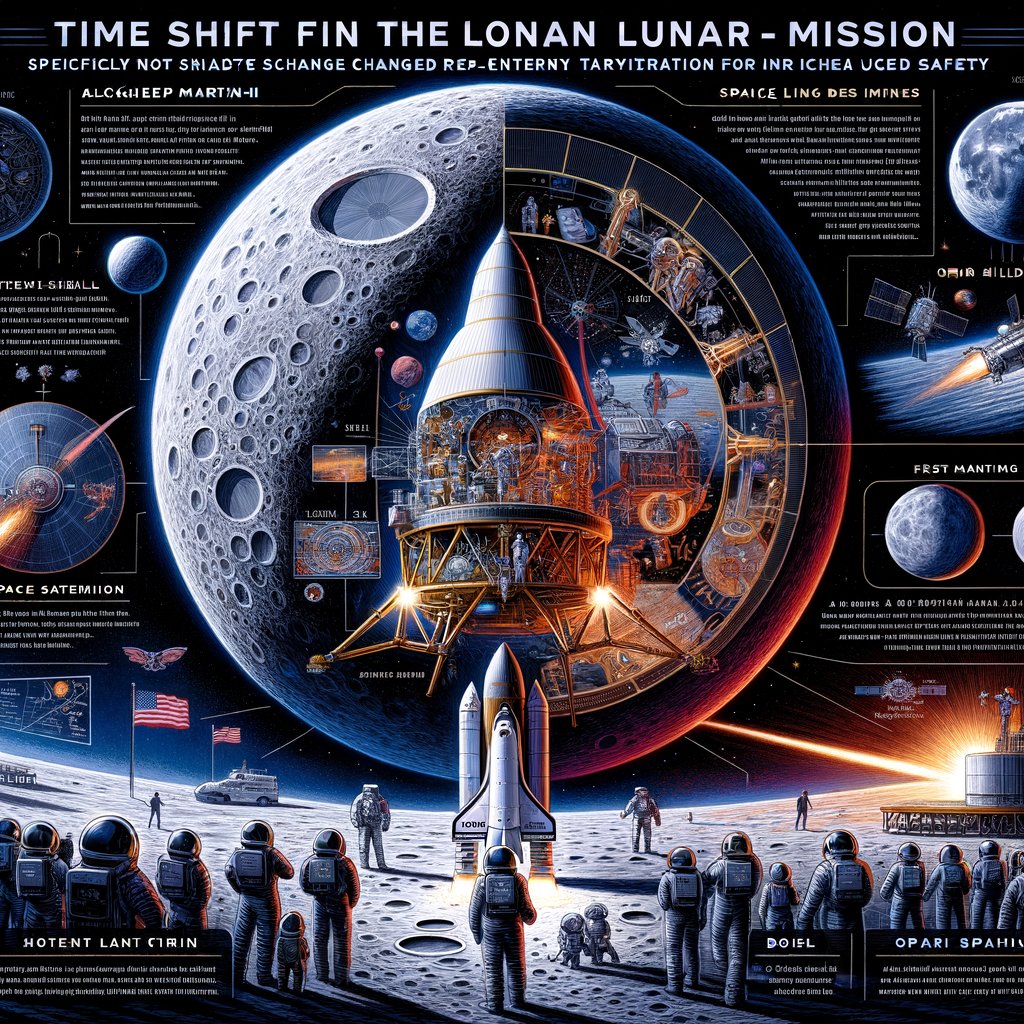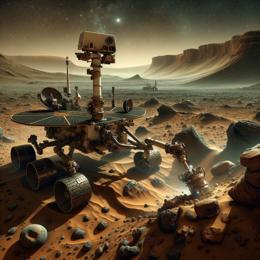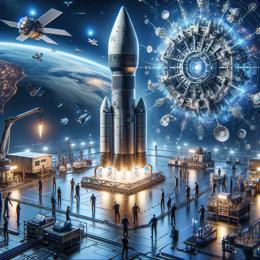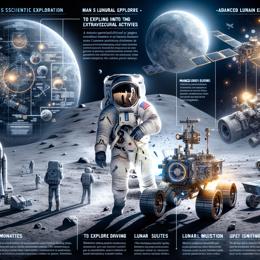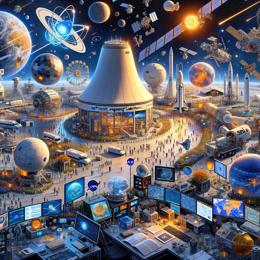Image created by AI
NASA Postpones Historic Moon Landing to 2027 Amid Technical and Safety Challenges
NASA's ambitious goal to return humans to the moon has hit another snag, pushing the next lunar landing mission, Artemis III, to the year 2027. This adjustment marks a significant delay in the agency's timeline, which originally aimed for a moon landing this decade. The announcement was made just after President-elect Donald Trump nominated Jared Isaacman, a figure with deep ties in the private space industry, as the new NASA administrator.
The primary concern necessitating the delay stems from issues with the Lockheed Martin Corp-built Orion spacecraft. Specifically, its heat shield, essential for protecting astronauts from extreme temperatures during re-entry into Earth's atmosphere, failed during a 2022 test mission. Although no crew were on board, the incident where parts of the shield detached is alarming, prompting NASA to maintain the current shield but modify the spacecraft’s re-entry trajectory for increased safety.
Bill Nelson, the outgoing NASA Administrator, emphasized that while the heat shield would be retained for immediate missions, future Artemis flights would feature a new design. Moreover, complications extend beyond the Orion spacecraft. The Space Launch System (SLS), a powerful rocket developed by Boeing, is also behind schedule, contributing to the setbacks.
Despite these technical challenges, Nelson defended the use of SLS over newer technologies like SpaceX's Starship, highlighting its tested capability to carry humans beyond lunar distances—a feat not yet achieved by other commercial spacecraft.
Nelson also addressed potential shifts in NASA's direction under Isaacman’s leadership, who is known for his connections with Elon Musk and critical views on governmental space expenditures, particularly concerning Boeing’s SLS costs. While some industry watchers speculate about a possible increased role for SpaceX, Nelson reassured that the current administration's plans, including collaborations with both SpaceX and Blue Origin for developing lunar landers, are progressing.
Looking ahead, Artemis II, a mission slated to take a diverse crew close to the moon, is now rescheduled for April 2026. This mission is historic, set to carry the first woman, the first person of color, and the first non-American astronaut into lunar vicinity, marking a pivotal moment in space exploration.
In his statements, Nelson underscored the competitive aspect of lunar exploration, noting that NASA’s revised schedule still places the U.S. ahead of China’s lunar ambitions set for 2030. As the space race unfolds with new leadership and evolving partnerships, the global community remains keenly watching NASA's next moves in lunar exploration.
